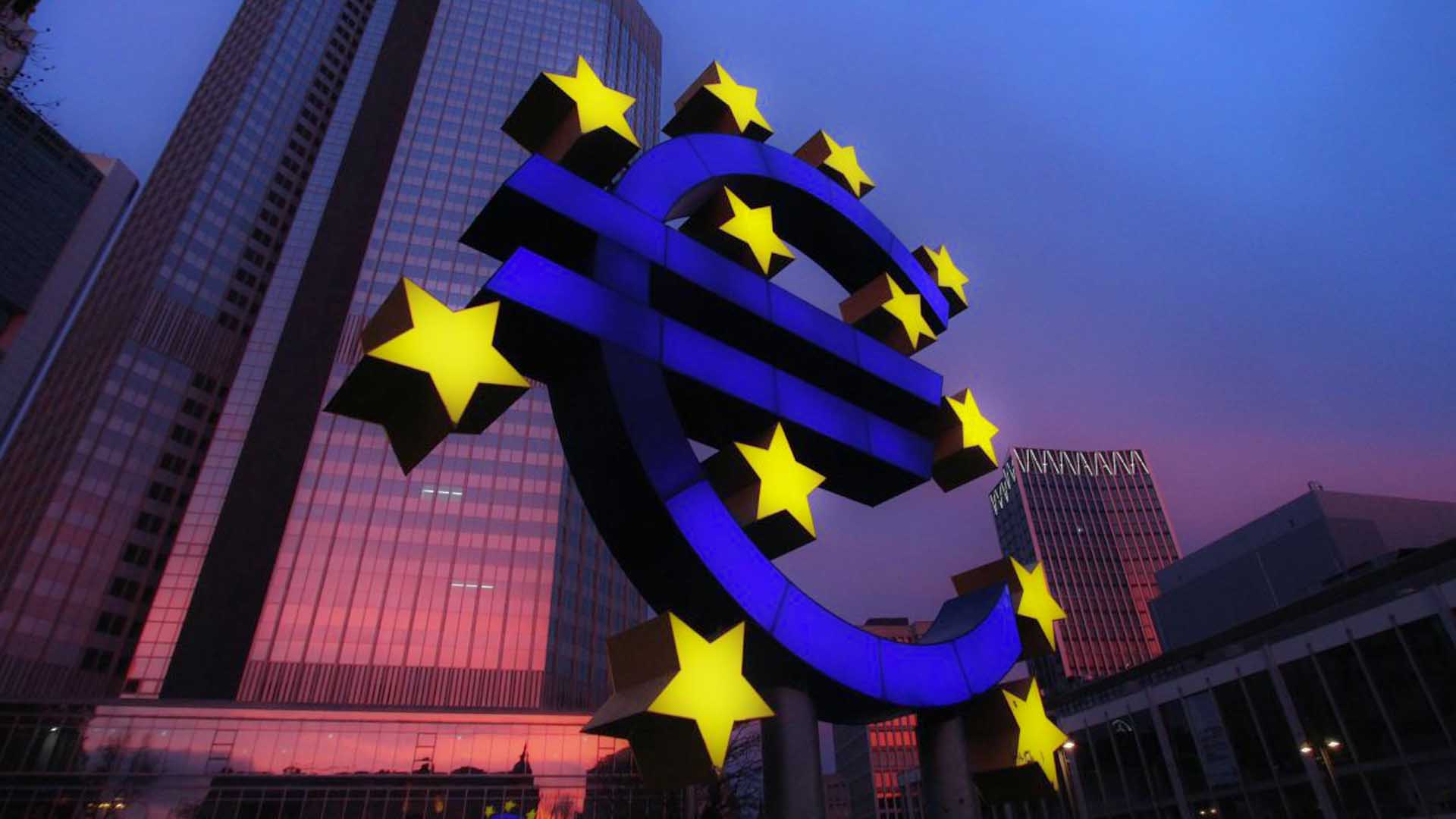The European Central Bank (ECB) has announced its first interest rate cut since 2019, reducing the key rate from 4% to 3.75%. The decision, which had been signaled for months, comes amid persistent inflationary pressures within the euro zone’s 20 nations. ECB President Christine Lagarde, speaking at a news conference in Frankfurt, highlighted the careful consideration given to the inflation outlook and the effectiveness of monetary policy. “Moderating the degree of monetary policy restriction is now appropriate,” the ECB Governing Council stated, citing an updated assessment of economic conditions.

The ECB’s revised macroeconomic projections show an increased headline inflation forecast for 2024, now at 2.5%, up from 2.3%. The 2025 forecast was similarly raised to 2.2% from 2%, while the 2026 projection remained stable at 1.9%. Financial markets had fully anticipated the 25 basis point rate cut, the first since September 2019. Although market expectations currently factor in only one more cut this year, a recent poll by Reuters indicates the possibility of two additional reductions.
UBS Global Wealth Management’s chief euro zone economist, Dean Turner, remarked that a subsequent rate cut in July appears unlikely given the recent inflation data. “While the slight upgrade to the inflation forecast was expected, the next rate cut is probably slated for September,” Turner predicted. This June rate cut sets the ECB ahead of the U.S. Federal Reserve, which has yet to lower rates amid ongoing inflation challenges in the U.S. Notably, Canada became the first G7 nation to reduce interest rates in this cycle on Wednesday, with Sweden and Switzerland’s central banks having made similar decisions earlier this year.
Christine Lagarde revealed that the decision to cut rates was nearly unanimous among the ECB’s Governing Council, with only one dissenting vote. She declined to identify the dissenter but emphasized the council’s commitment to data-dependent decisions on a meeting-by-meeting basis. Moving forward, the ECB’s policy decisions will continue to be driven by the inflation outlook, underlying inflation trends, and the effectiveness of monetary policy transmission.
